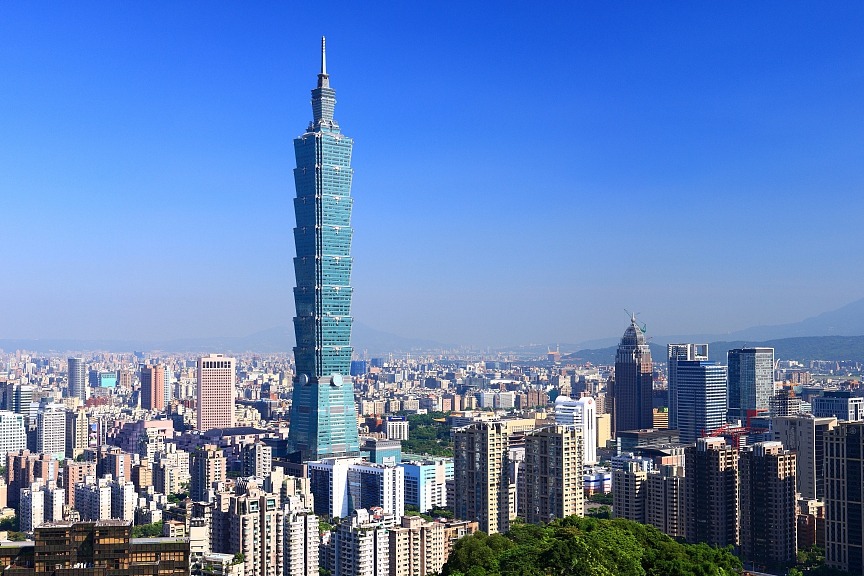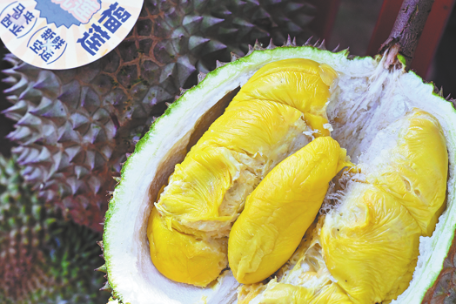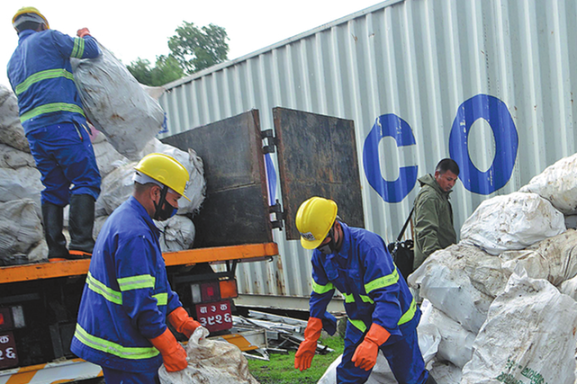Back in spotlight
Centuries-old multiethnic culture of Singapore's first 'crazy rich Asians' experiences revival

Editor's note: In this weekly feature China Daily gives voice to Asia and its people. The stories presented come mainly from the Asia News Network (ANN), of which China Daily is among its 20 leading titles.

Dressed in sarong kebayas, or traditional Malay wear, female tourists sashayed down the hallway of the Peranakan Mansion in Singapore, as they looked for backdrops to pose for photographs.
With ornately carved cabinets dating at least 100 years old as a backdrop, it was as though the tourists were transported back to the 1900s in Singapore, where Peranakan culture, a unique fusion of Chinese, Malay and other indigenous cultures, was at its peak.
Elaine Ng, co-founder of the privately-owned Peranakan Mansion in a historically Peranakan neighborhood in Singapore's east, said this was one of the more popular tourist activities at the museum.
"Just like those tourists who go to Japan and take pictures in kimonos, or those who go to (South) Korea and take pictures in hanboks, tourists now like to come to Singapore and take photos in sarong kebayas," Ng said.
And just like tourists in other countries, an increasing number of tourists are looking for more unique cultural experiences in Singapore to make their visit more interesting and worthwhile.
"From the furniture to the clothes and practices, the Peranakans lived lives of luxury. They are like Singapore's original 'crazy rich Asians'," Ng said, referring to the popular film and explaining the allure of Peranakan culture to tourists and Singaporeans alike.
Peranakan, a Malay word meaning "born of", refers to someone who is locally born but has heritage from somewhere else, according to the website of Singapore's National Heritage Board.
Ng said that the Peranakans are also the ethnic group where the cultural elements of Singapore's main ethnic groups (Chinese, Indian and Malay) are absorbed into one culture.
The origins of the Peranakans date back to the 15th century, when the early Chinese traders married local Malay women in Southeast Asia, and their offspring being known as Peranakan Chinese.

































